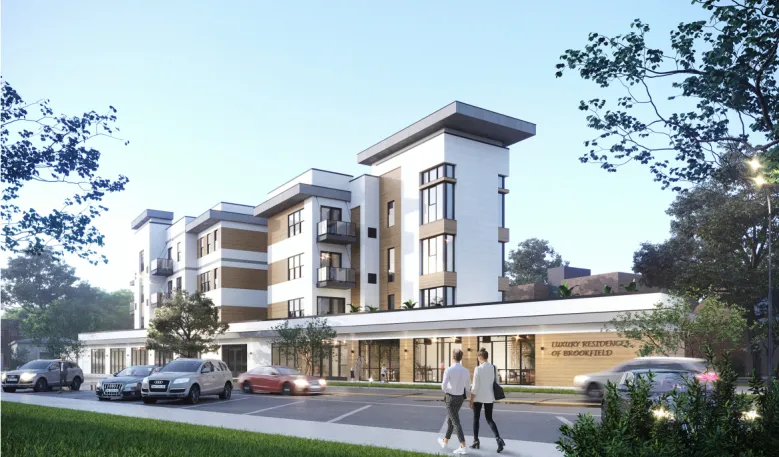Introduction
When the COVID-19 pandemic began, nearly every industry had to adapt. Brookfield Residential coronavirus discussions reflected how one of North America’s major real estate developers responded to supply chain issues, workforce safety concerns, and changing homebuyer demands.
Immediate Impact on Operations
In early 2020, construction sites across the U.S. and Canada slowed or temporarily shut down as health guidelines tightened. For Brookfield Residential, this meant:
-
Paused projects and reduced staffing – to comply with distancing requirements.
-
Delays in materials – lumber, appliances, and fixtures became harder to source.
-
Enhanced safety protocols – health screenings, on-site sanitation, and staggered work schedules kept employees and subcontractors safer.
These steps were necessary to keep projects moving while protecting workers during the height of the coronavirus outbreak.
Shifts in Homebuyer Priorities
The pandemic transformed how people thought about living spaces. Under the umbrella of Brookfield Residential coronavirus adjustments, the company noticed:
-
Higher demand for flexible layouts – extra rooms for home offices, study areas, or gyms.
-
Outdoor living spaces – patios, decks, and yards gained popularity as people spent more time at home.
-
Interest in suburban and master-planned communities – buyers looked for quieter neighborhoods with amenities close to home.
Brookfield Residential incorporated these preferences into its new projects and redesigns, ensuring its homes matched the evolving lifestyle needs of buyers.
Digital Transformation in Real Estate
One of the fastest responses to the pandemic was the shift to online tools. Under Brookfield Residential coronavirus strategies, the company expanded:
-
Virtual home tours – allowing buyers to explore floorplans safely from home.
-
Online paperwork and contracts – reducing the need for in-person meetings.
-
Interactive design studios – enabling customers to choose finishes and upgrades remotely.
These innovations not only maintained sales during lockdowns but also permanently streamlined the home-buying process.
Long-Term Business Adjustments
Even as restrictions eased, Brookfield Residential kept many of the changes introduced during the coronavirus period:
-
Permanent health and safety measures – construction standards now include better on-site hygiene practices.
-
Greater supply chain planning – diversification of suppliers to prevent future disruptions.
-
Flexible design philosophy – homes are now built with adaptability in mind, anticipating future lifestyle changes.
These moves positioned the company to handle uncertainties more effectively while meeting the expectations of modern homebuyers.
Broader Industry Context
The Brookfield Residential coronavirus experience mirrored challenges across the real estate sector. Builders faced similar issues: delayed timelines, labor shortages, and fluctuating material costs. However, those who embraced digital tools and innovative home designs emerged stronger, setting a new standard for customer experience in real estate.
Conclusion – Lessons from the Pandemic
The Brookfield Residential coronavirus response highlights how resilience, safety, and innovation can turn disruption into progress. By protecting workers, adapting to changing buyer needs, and accelerating digital adoption, Brookfield Residential not only navigated a global crisis but also reshaped how homes are built and sold for years to come.

